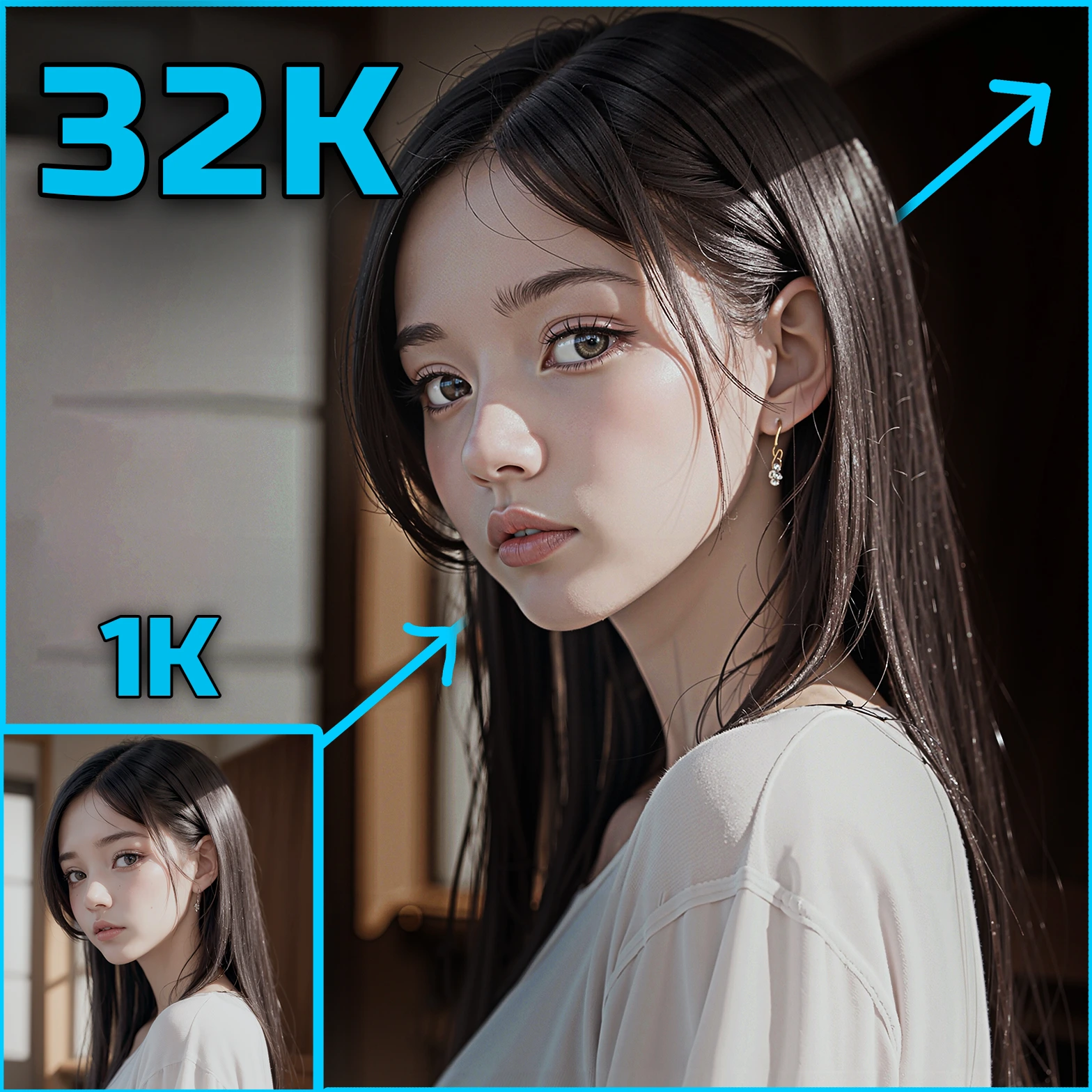ComfyUI Node: Apply Easing to Schedule
SaltScheduleVariance
CategorySALT/AudioViz/Scheduling
SaltAI (Account age: 283days) Extension
SaltAI_AudioViz Latest Updated
2024-06-29 Github Stars
0.02K
How to Install SaltAI_AudioViz
Install this extension via the ComfyUI Manager by searching for SaltAI_AudioViz- 1. Click the Manager button in the main menu
- 2. Select Custom Nodes Manager button
- 3. Enter SaltAI_AudioViz in the search bar
Visit ComfyUI Online for ready-to-use ComfyUI environment
- Free trial available
- 16GB VRAM to 80GB VRAM GPU machines
- 400+ preloaded models/nodes
- Freedom to upload custom models/nodes
- 200+ ready-to-run workflows
- 100% private workspace with up to 200GB storage
- Dedicated Support
Apply Easing to Schedule Description
Enhance schedule dynamism with easing functions and Perlin noise tremors for engaging animations.
Apply Easing to Schedule:
SaltScheduleVariance is a powerful node designed to apply easing functions and Perlin noise-based tremors to a given schedule list, enhancing the dynamism and variability of your animations or audio visualizations. This node allows you to introduce smooth transitions and natural-looking variations to your schedules, making them more engaging and less predictable. By leveraging easing functions, you can create smooth in-and-out transitions, while Perlin noise adds a layer of randomness that mimics natural phenomena. This combination of techniques helps in creating more organic and visually appealing results, making your animations or audio visualizations stand out.
Apply Easing to Schedule Input Parameters:
schedule_list
This parameter takes a list of numerical values representing the schedule you want to modify. The schedule list is the primary input that will be subjected to easing functions and Perlin noise adjustments. The length of this list determines the frame count for the applied transformations.
curves_mode
This parameter specifies the type of easing function to apply to the schedule. Options include various easing functions like "None", "in", "out", and "in-and-out". The default value is "None", which means no easing function will be applied. Easing functions help in creating smooth transitions in the schedule.
use_perlin_tremors
A boolean parameter that determines whether Perlin noise-based tremors should be applied to the schedule. The default value is True. When enabled, it introduces natural-looking variations to the schedule, making it less predictable and more dynamic.
tremor_scale
This parameter controls the intensity of the Perlin noise-based tremors. It is a float value with a default of 0.05. Higher values result in more pronounced variations, while lower values produce subtler effects.
octaves
An integer parameter that defines the number of layers of Perlin noise to combine. The default value is 1. More octaves result in more complex noise patterns, adding depth to the variations.
persistence
A float parameter that controls the amplitude of each octave in the Perlin noise. The default value is 0.5. Higher values make the noise more persistent across octaves, while lower values reduce its influence.
lacunarity
This parameter is a float that determines the frequency of each octave in the Perlin noise. The default value is 2.0. Higher values increase the frequency, making the noise pattern more detailed.
Apply Easing to Schedule Output Parameters:
varied_list
This output parameter returns the modified schedule list after applying the specified easing functions and Perlin noise-based tremors. The resulting list contains the same number of elements as the input schedule list but with adjusted values that reflect the applied transformations. This varied list can be used directly in your animations or audio visualizations to achieve more dynamic and engaging results.
Apply Easing to Schedule Usage Tips:
- To create smooth transitions in your schedule, experiment with different
curves_modeoptions like "in", "out", and "in-and-out". - Use the
tremor_scaleparameter to control the intensity of the Perlin noise-based variations. Start with a low value and gradually increase it to see the effect. - Adjust the
octaves,persistence, andlacunarityparameters to fine-tune the complexity and detail of the Perlin noise. Higher octaves and lacunarity values can create more intricate variations.
Apply Easing to Schedule Common Errors and Solutions:
"Schedule list must not be empty"
- Explanation: This error occurs when the input
schedule_listis empty. - Solution: Ensure that the
schedule_listparameter contains at least one numerical value before passing it to the node.
"Invalid curves_mode specified"
- Explanation: This error occurs when an unsupported value is provided for the
curves_modeparameter. - Solution: Check the available options for
curves_modeand ensure you are using one of the supported values like "None", "in", "out", or "in-and-out".
"Tremor scale must be a positive number"
- Explanation: This error occurs when a non-positive value is provided for the
tremor_scaleparameter. - Solution: Ensure that the
tremor_scaleparameter is set to a positive float value to enable proper Perlin noise adjustments.
"Octaves must be a positive integer"
- Explanation: This error occurs when a non-positive or non-integer value is provided for the
octavesparameter. - Solution: Set the
octavesparameter to a positive integer to define the number of noise layers correctly.
"Persistence and lacunarity must be positive numbers"
- Explanation: This error occurs when non-positive values are provided for the
persistenceorlacunarityparameters. - Solution: Ensure that both
persistenceandlacunarityparameters are set to positive float values to achieve the desired noise effect.
Apply Easing to Schedule Related Nodes
RunComfy is the premier ComfyUI platform, offering ComfyUI online environment and services, along with ComfyUI workflows featuring stunning visuals. RunComfy also provides AI Models, enabling artists to harness the latest AI tools to create incredible art.


